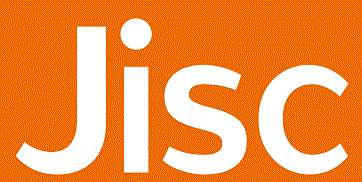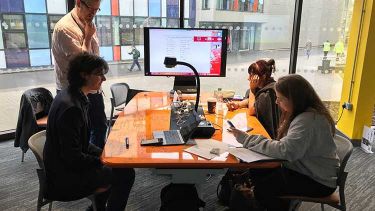
Source:
Jisc

As universities transform teaching and learning online, Jisc urges institutions to meet five future assessment goals by 2025
“Assessment has been put to the test hugely during the current crisis,” says Steve Masters, Education 4.0 lead at Jisc. “Universities’ first challenge was to get remote working up and running and get learning out there during this ‘triage’ period, but there’s a disconnect between what we need to do for students moving forward and what’s happening now.”
Masters believes that, just as the coronavirus exposes different levels of maturity in remote learning, this is also the case in virtual or e-assessment. As universities plan for the next academic year, online assessment will need to be on the agenda as they offer a virtual campus experience for students. “Even if students do go back in September, we may need to be ready for a potential recurrence [of the virus] at some point, so we’ll need to prepare for that,” he says.
The pandemic has clearly accelerated the transition to virtual teaching and learning, so does the same follow for assessment? Jisc’s Spring 2020 report, The Future of Assessment, suggests that adoption of e-assessment in the UK had until now been slow compared with some European universities. In 2019, Jisc’s digital experience insights survey found that only 34 per cent of teaching staff in higher education were given regular opportunities to develop their digital skills, so overall digital readiness could also be an issue.
Over the next five years, Jisc argues that universities must embrace technology to transform assessment in five ways: so it is more authentic (preparing the learner for using knowledge in practice or at work), accessible (to those with both long-term and short-term disabilities or mental health issues), appropriately automated (easing teachers’ workload), continuous (adapting to lifelong learning and the changing world of work) and secure (avoiding cheating).
The infrastructure that universities already have in place will play a key role in how quickly they shift in this direction. Data infrastructure is crucial because institutions will need the ability to collect, store and analyse the multiple data points created by assessing thousands of students online, across many different media (eg, online exams and video interviews), as well as ensure that data are processed in a compliant way. Masters refers to this stream of data as an “exhaust” where the output can be captured to improve student welfare, better predict outcomes and improve retention. “Some institutions have got their data integration strategy well on trajectory. The key now is to get it into a more usable shape so they can use learning analytics, see how student behaviours are changing, and help with issues as they arise,” he explains.
There will be other obstacles to overcome. In making assessment more authentic, for example, a university might allow students to take “open-book” exams or access sources to help them, but at the same time this creates security issues. Likewise, authentic assessment could require students to do more teamwork or deliver more presentations. Both of these can be stressful for some students, but technology can help overcome such problems, for example by enabling students to deliver video presentations. Doing this will also improve access – if students have disability or mental health issues, even temporarily, staff can explore technology to adapt feedback or run assessments in a more inclusive way.
Plagiarism and the security of assessment does not cease to be an issue just because teaching is virtual. Staff are faced with an overwhelming choice of systems that ensure the right student is completing the right assessment without undue advantage, such as e-proctoring systems that “invigilate” online exams or software that can detect whether work submitted may have come from an essay mill. At the same time, designing, marking and feeding back on assessment takes up large amounts of teachers’ time, so universities need to strike a balance between reducing workloads and ensuring the integrity of assessment. Artificial intelligence and approaches such as adaptive comparative judgement (which automates comparison between scripts) can help automate some elements, but students will always value human feedback.
Institutions embracing the Education 4.0 vision are already using technology to create inspiring virtual learning environments. Effective e-assessment will help universities address learners’ changing needs as we emerge from the current crisis, so it’s time that it caught up.
Find out more about Jisc and The Future of Assessment.
This article was commissioned by Times Higher Education in partnership with Jisc, the UK body for digital technology and resources in higher education, further education, skills and research.
















